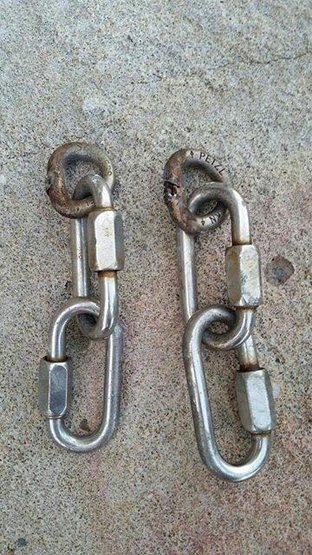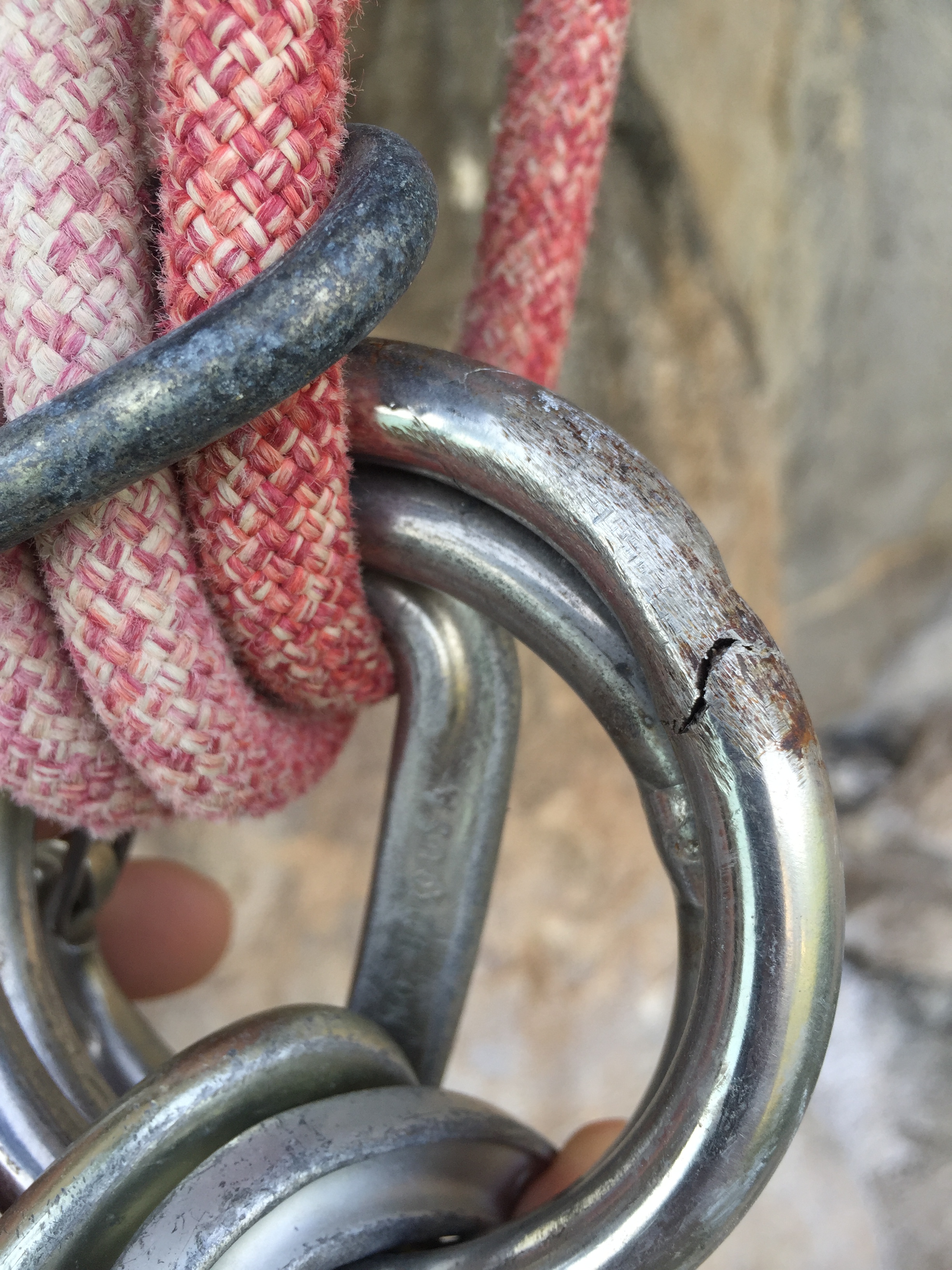
Everytime we clip into the chains or the bolts at the end of the route, it is a sense of relief and rejoice. You would have either sent your long time project or got away without leaving bail biners or draws on the route.

Before you heave that sign of relief, think again what you are clipped into. A old piece of fixed rope that has been on the anchor for too long or a bunch of corroded quick links or bolts that you know at the back of your mind that is not really ok?

You celebrate, put your rope through the master point and ask your belayer to take in rope. Stare at the sorry state of the anchor and make a prayer and asked to be lower off. Hoping that you are the lucky one to not have the fixed gear fail on you.

Does that sound common? Well to some climber yes and there will be another group of climbers, they just don’t really know what is wrong with the fixed gears and will blindly trust them and believe that ‘someone’ with maintain these equipment. After all the last guy climbed it was safe!

That is the greatest misconception of all fix equipment outdoors. No one really maintains them. It is climbers who used them decides to spend their time and money on rings, ropes, quick links, bolts, drill bits, grinders, drills and the list goes on. So who is really picking up the tab?

In United States, they have ASCA who are actively sending out new hardware to individuals who are rebolting routes. In Asia, unfortunately we do not have such luck of having an organisation who is actively funding and keeping tab of fixed gears replacement. So most donations comes from visiting climbers and people who care about the safety of other climbers. In Taiwan we are lucky to have a corporation who cares for the safety of climbers and have put in close to 1000 Titanium bolts and ram’s horns in donation. Those hardware is currently with us and every season during our off days we will be hanging out on the sea cliffs putting in new hardware.

Why is it important for climbers to pickup the tab for fixed equipment replacement?
Most problems comes from sports routes which requires huge investment, assuming a 10 quickdraw climb requires about 12 bolts and some anchor hardware. In sea cliffs, UIAA recommends using Titanium only and that comes up to about USD160/route. That’s a lot of money for an individual to come up with day after day to put up routes for everyone to enjoy.

There are a few things I believe every climber should note next time when you are clipping into that nice TI bolt or the anchor chains,
– who equipped these routes?
– how is it funded?
– what can I do to reduce my impact on fixed hard ware?
- Is that old fixed anchor safe?
- is the master point too worn out/sharp that it might be unsafe to use?
- what can I do to help maintain the routes that we all enjoy and climb on?
Do your part to help maintain fixed hardware outdoors. Find out who are the people that maintains the fixed hardwares and find out what they need and what can you do to help them. A little donation goes a long way most times. Let’s all do our part to make climbing outdoors safer for everyone.
